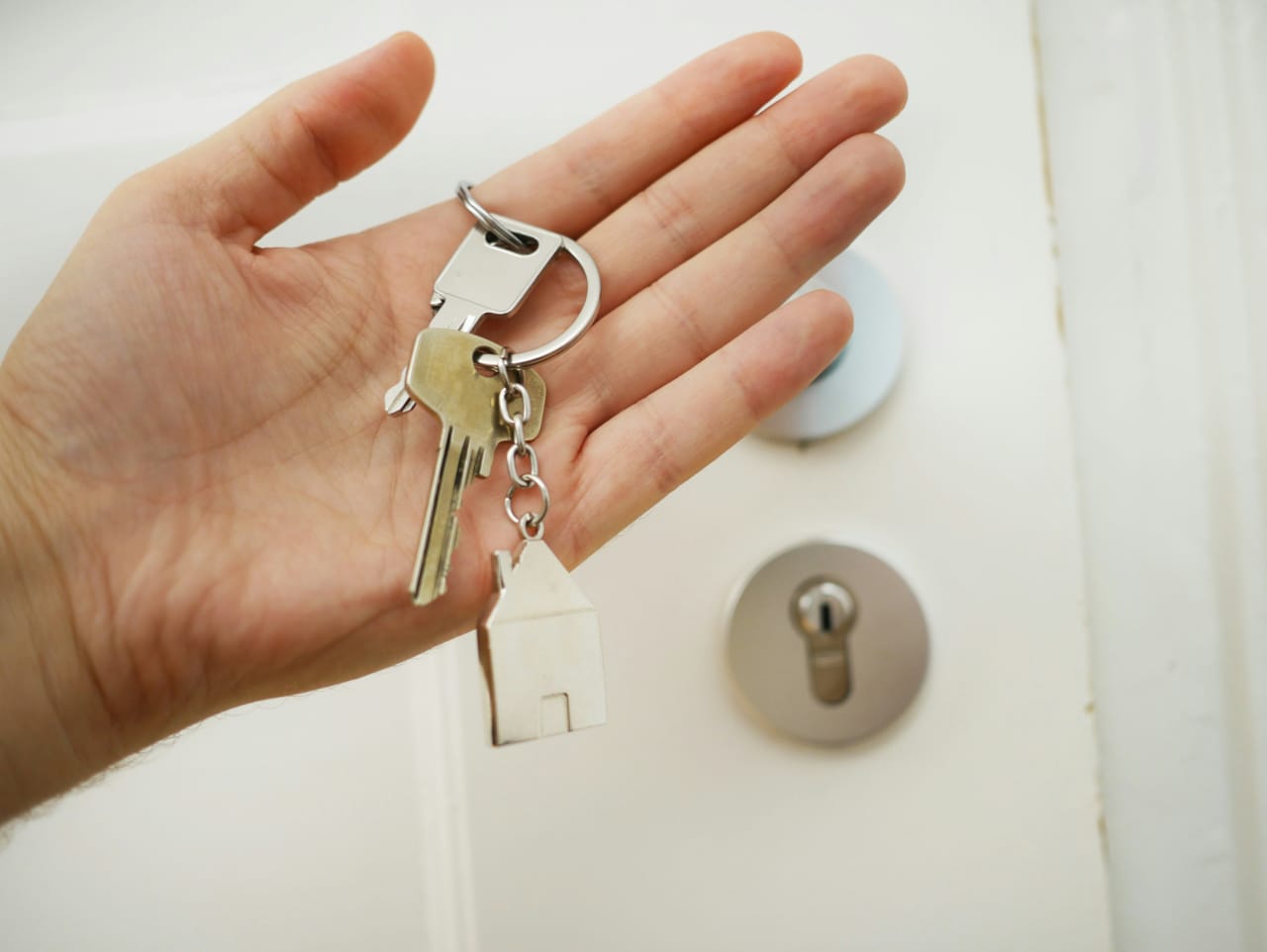How to Avoid Pitfalls When Loaning Money to a Family Member
It’s either the stuff of nightmares—or a normal, everyday part of life. Financial advisors who cater to wealthy clients say a loan to another family member can be the answer to a lot of problems, but caution that they can raise just as many issues as they aim to solve.
“When money’s involved, family isn’t always family. Sometimes money trumps family,” says Jon Ekoniak, a partner at Bordeaux Wealth Advisors, based in Silicon Valley.
Loans between family members—usually, but not always, from an older person to their children or grandchildren—may be best ventured with the help of financial advisors who have experience setting them up. Professional guidance can make the situation more comfortable for family members unaccustomed to transacting business with each other. It’s also safer, as intra-family loans may have implications ranging from taxes to legal issues.
Ekoniak describes one example of parents with a grown daughter who’d married someone who “bounced” from job to job. The young couple wanted to have children, but could only afford a small rental apartment. After nearly a year of agonising over different ways to help the couple, the parents finally decided to simply offer them a loan to buy a house.
“They set up a trust fund and 50% of the income from the trust would be used to pay back the loan,” Ekoniak says. The loan repayments were interest only, at the government’s prevailing “applicable federal rate,” which is the lowest rate the IRS allows for private loans.
It seems straightforward—the “Bank of Mom and Dad” has long been a normal part of young adulthood in America, after all. But there are plenty of possible pitfalls to keep in mind.
If nothing else, loans “should be money that the parent is willing to turn into a gift,” says Mark Weiskind, founding partner at Independence, Ohio-based Fairway Wealth Management. “You’re very unlikely to push hard to collect from your child.”
In some cases, that impulse may be communicated up front, with the lenders explaining that they’d like to receive repayment according to a particular schedule but are flexible if the borrowers can’t make a payment for some reason. But even lenders who do expect their borrowers to stick to a particular repayment schedule need to be flexible, experts say.
What’s more, Weiskind says, “You have to be willing to accept a lower interest rate” on a loan than you might otherwise. In other words, don’t expect to make money from entering into a financing arrangement with a family member.
Parents helping their children should also carefully consider whether they want to tell their other children, if there are any, about the loan. That becomes an even thornier question when money is being loaned between grandparents and grandchildren or aunts and uncles and their niece or nephew, Ekoniak points out.
The bigger question becomes: Does helping one child mean you have to do the same for all the children? “Everyone is thinking, ‘what about me?’” Ekoniak says.
Experts also advise thinking through all the various scenarios that could arise after the loan is agreed to. If the parents are never repaid, do they simply write off the loan as a gift, say by applying the full gift tax exclusion exemption of US$36,000 per couple every year until the balance disappears? If one sibling benefits from the loan but others do not, should it be considered an advance on the inheritance—and do estate documents need to be rewritten to account for the discrepancy?
While the most common uses for intra-family loans do tend to be real estate, Weiskind has also structured several that allow a parent to pass on a share of the family business to children. Either way, it’s important to consider whether the loan has some sort of collateral, he says, and how complicated the documentation needs to be.
“More often than not we see a simple promissory note,” Weiskind says. “I have seen a few instances where they have filed a mortgage on the property just to have protection in case of divorce”—that is, to protect the natural-born child against someone who’s married into the family.
“I’ve never seen a parent foreclose on a child,” Weiskind says with a laugh. But not paying back a loan “could lead to bad blood.”
As if family dynamics weren’t already challenging enough.
 Copyright 2020, Dow Jones & Company, Inc. All Rights Reserved Worldwide. LEARN MORE
Copyright 2020, Dow Jones & Company, Inc. All Rights Reserved Worldwide. LEARN MORE
This stylish family home combines a classic palette and finishes with a flexible floorplan
Just 55 minutes from Sydney, make this your creative getaway located in the majestic Hawkesbury region.
Impact investing is becoming more mainstream as larger, institutional asset owners drive more money into the sector, according to the nonprofit Global Impact Investing Network in New York.
In the GIIN’s State of the Market 2024 report, published late last month, researchers found that assets allocated to impact-investing strategies by repeat survey responders grew by a compound annual growth rate (CAGR) of 14% over the last five years.
These 71 responders to both the 2019 and 2024 surveys saw their total impact assets under management grow to US$249 billion this year from US$129 billion five years ago.
Medium- and large-size investors were largely responsible for the strong impact returns: Medium-size investors posted a median CAGR of 11% a year over the five-year period, and large-size investors posted a median CAGR of 14% a year.
Interestingly, the CAGR of assets held by small investors dropped by a median of 14% a year.
“When we drill down behind the compound annual growth of the assets that are being allocated to impact investing, it’s largely those larger investors that are actually driving it,” says Dean Hand, the GIIN’s chief research officer.
Overall, the GIIN surveyed 305 investors with a combined US$490 billion under management from 39 countries. Nearly three-quarters of the responders were investment managers, while 10% were foundations, and 3% were family offices. Development finance institutions, institutional asset owners, and companies represented most of the rest.
The majority of impact strategies are executed through private-equity, but public debt and equity have been the fastest-growing asset classes over the past five years, the report said. Public debt is growing at a CAGR of 32%, and public equity is growing at a CAGR of 19%. That compares to a CAGR of 17% for private equity and 7% for private debt.
According to the GIIN, the rise in public impact assets is being driven by larger investors, likely institutions.
Private equity has traditionally served as an ideal way to execute impact strategies, as it allows investors to select vehicles specifically designed to create a positive social or environmental impact by, for example, providing loans to smallholder farmers in Africa or by supporting fledging renewable energy technologies.
Future Returns: Preqin expects managers to rely on family offices, private banks, and individual investors for growth in the next six years
But today, institutional investors are looking across their portfolios—encompassing both private and public assets—to achieve their impact goals.
“Institutional asset owners are saying, ‘In the interests of our ultimate beneficiaries, we probably need to start driving these strategies across our assets,’” Hand says. Instead of carving out a dedicated impact strategy, these investors are taking “a holistic portfolio approach.”
An institutional manager may want to address issues such as climate change, healthcare costs, and local economic growth so it can support a better quality of life for its beneficiaries.
To achieve these goals, the manager could invest across a range of private debt, private equity, and real estate.
But the public markets offer opportunities, too. Using public debt, a manager could, for example, invest in green bonds, regional bank bonds, or healthcare social bonds. In public equity, it could invest in green-power storage technologies, minority-focused real-estate trusts, and in pharmaceutical and medical-care company stocks with the aim of influencing them to lower the costs of care, according to an example the GIIN lays out in a separate report on institutional strategies.
Influencing companies to act in the best interests of society and the environment is increasingly being done through such shareholder advocacy, either directly through ownership in individual stocks or through fund vehicles.
“They’re trying to move their portfolio companies to actually solving some of the challenges that exist,” Hand says.
Although the rate of growth in public strategies for impact is brisk, among survey respondents investments in public debt totaled only 12% of assets and just 7% in public equity. Private equity, however, grabs 43% of these investors’ assets.
Within private equity, Hand also discerns more evidence of maturity in the impact sector. That’s because more impact-oriented asset owners invest in mature and growth-stage companies, which are favored by larger asset owners that have more substantial assets to put to work.
The GIIN State of the Market report also found that impact asset owners are largely happy with both the financial performance and impact results of their holdings.
About three-quarters of those surveyed were seeking risk-adjusted, market-rate returns, although foundations were an exception as 68% sought below-market returns, the report said. Overall, 86% reported their investments were performing in line or above their expectations—even when their targets were not met—and 90% said the same for their impact returns.
Private-equity posted the strongest results, returning 17% on average, although that was less than the 19% targeted return. By contrast, public equity returned 11%, above a 10% target.
The fact some asset classes over performed and others underperformed, shows that “normal economic forces are at play in the market,” Hand says.
Although investors are satisfied with their impact performance, they are still dealing with a fragmented approach for measuring it, the report said. “Despite this, over two-thirds of investors are incorporating impact criteria into their investment governance documents, signalling a significant shift toward formalising impact considerations in decision-making processes,” it said.
Also, more investors are getting third-party verification of their results, which strengthens their accountability in the market.
“The satisfaction with performance is nice to see,” Hand says. “But we do need to see more about what’s happening in terms of investors being able to actually track both the impact performance in real terms as well as the financial performance in real terms.”
This stylish family home combines a classic palette and finishes with a flexible floorplan
Just 55 minutes from Sydney, make this your creative getaway located in the majestic Hawkesbury region.






















